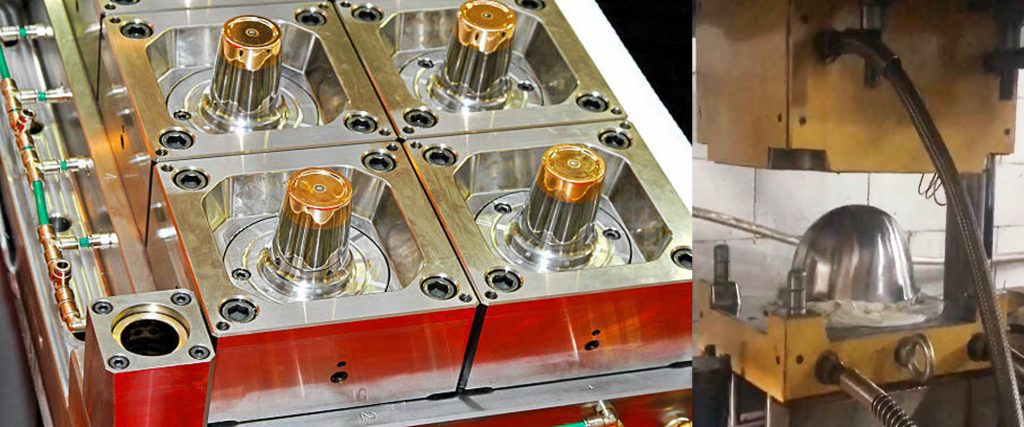Causes of Flash in Injection Molding and How to Avoid It? In the process of mold production, there will be flash. How is the flash generated? You can adjust the flash by adjusting the parameters of the injection molding machine. At the beginning of the mold, it was good, and there was no flash. After one or two hours of playing, flash was generated. At this time, it is necessary to adjust the parameters of the injection molding machine, and there will be no flash. Maybe after the mold is hot, the parameters will be a little different, so adjust the parameters at this time, and the product will have no flash.

Table of Contents
ToggleCauses of Flash in Injection Molding
In addition, if the mold is used for a long time, it will produce flash. How long is this time playing? Some are thousands of molds, and some are tens of thousands of molds. It depends on whether your mold is good or not, and whether the steel material you use is good? If the mold is poorly made, thousands of molds will produce flash, and if the mold is made of tens of thousands of molds, there will be flash. Are you using 45 heat treated steel, or P20, or better. If you use No. 45 heat-treated material, it will be a little bit worse, because with No. 45 heat-treated steel, there are many butt joints and sharp and thin steel bits. If there is a flash, use a flash knife to repair it, it will be fine, the same continue to produce.
If there is flash, which is unacceptable or in order to improve production efficiency, then repair the mold and weld the mold, and the product will have no flash.
How to Avoid Flash in Injection Molding
Flashing is a common defect in injection molding and occurs when molten plastic escapes from the mold cavity, leaving unwanted excess on the part. Here are some ways to avoid injection molding flash:
1. Optimize the mold design
The mold design needs to be optimized to ensure that the molten plastic does not overflow. This includes adding extra clamping force, adjusting gate size and improving parting lines.
2. Controlling the injection molding process
The injection molding process needs to be controlled to ensure that the molten plastic is injected consistently and evenly into the mold. This includes monitoring the temperature, pressure and flow rate of molten plastic.
3. Reduce injection pressure
High injection pressure will increase the possibility of flashing. By lowering the injection pressure, the cavity will be less likely to overflow. 4. Use an auto-shutoff: An auto-shutoff is a sensor that detects when the cavity is full and shuts down the injection process. This prevents molten plastic from spilling and causing flash.
4. Use an auto-shutoff
An auto-shutoff is a sensor that detects when the cavity is full and shuts down the injection process. This prevents molten plastic from spilling and causing flash.
5. Adjust the cooling time
If the part is demolded too quickly, it will cause flashing. By adjusting the cooling time, the parts can be properly cooled and solidified without flashing. In general, avoiding flash in injection molding requires careful attention to detail in mold design, injection molding process, and cooling time.
6. Utilize appropriate venting
Incorporate vents in the mold design to allow the escape of trapped air or excess material during the injection process. Proper venting helps prevent pressure build-up and reduces the chances of flash formation.
7. Maintain consistent shot size
Ensure that the shot size remains consistent throughout the injection molding process. Variations in shot volume can lead to overpacking or underpacking, which can contribute to flash formation.
8. Check and maintain mold cleanliness
Regularly inspect and clean the mold to prevent debris, contaminants, or residue from causing irregularities or blockages that can lead to flash.
9. Perform mold trials and optimization
Conduct mold trials with varying process parameters to determine the optimal settings that minimize flash. Make incremental adjustments to achieve the desired results.
10. Inspect and trim molded parts
After the injection molding process, carefully inspect the molded parts for any flash. Trim or remove any excess material using appropriate tools or processes to ensure the final product meets the required specifications.
Remember that the specific recommendations may vary depending on the material being used, the complexity of the part, and other factors. It is essential to work closely with experienced mold designers, process engineers, and technicians to optimize the injection molding process and minimize flash formation.


